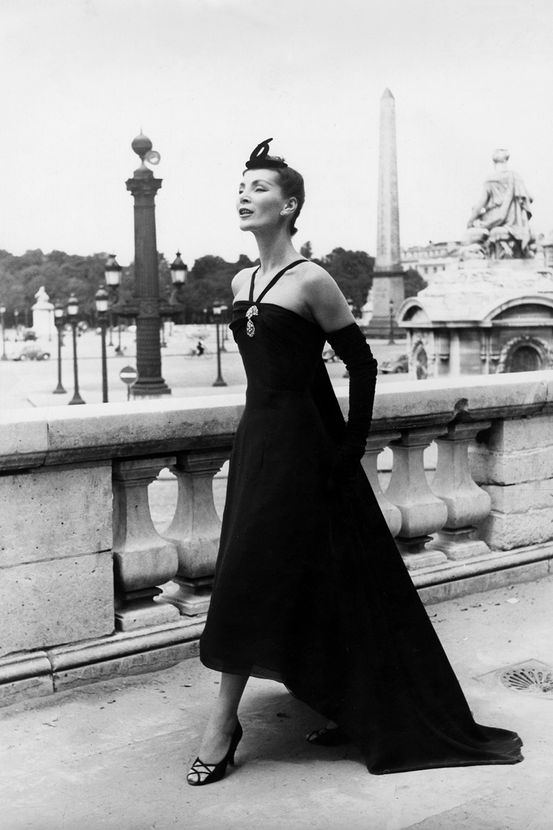How Did Chanels Little Black Dress Change Womens Lives
Including that iconic Audrey Hepburn Givenchy dress
Hands up who thinks the little black dress was first created by Hubert de Givenchy for Audrey Hepburn in Breakfast at Tiffany's? Well it turns out you're in need of a fashion history lesson, because the LBD is a little older than that…
Of course, women have always worn black attire, especially in times like the Georgian and Victorian eras where you could be in mourning for up to four years after a death.
However, our contemporary version of cocktail dress first came into fashion in the 1920s, thanks to a certain Parisian designer named Coco Chanel.
Coco Chanel and the LBD
In 1926, Vogue published a drawing of a simple black dress in crêpe de Chine. It had long narrow sleeves and was accessorised with a string of pearls. The publication dubbed it 'Chanel's Ford', in other words it was simple and accessible to women of all classes.
Vogue also said it would become 'a sort of uniform for all women of taste'. Well, that was one spot-on prediction for sure.

Coco Chanel in 1935. Credit: Rex Features
Chanel later said, 'I imposed black; it's still going strong today, for black wipes out everything else around.'
Her timing was of course, perfect. Because the dress was released in the Great Depression era, where simple and affordable was key. Later, during the war, textiles and fabrics were rationed, and the simple black dress remained the outfit of choice, as you could be elegant without breaking the bank.
Christian Dior's New Look
Another famous designer came along after the war and firmly cemented the little black dress in fashion history. I'm talking of course about Christian Dior, who truly changed women's fashion with his New Look.
Full skirts and cinched waists gave the LBD a sexier update, and it wasn't long before Hollywood stars adopted the style on and off screen.
And while I'm on the topic of movies, let's go back to the previously mentioned Breakfast at Tiffany's in 1961. There's no arguing it's one of the most famous dresses in cinematic history. Come on, is there a more iconic scene than the one of Audrey munching on a croissant and sipping coffee while admiring Tiffany's jewellery, all the while wearing her Givenchy dress from the previous night's party?
In fact, of the original dresses from the film was auctioned in 2006 for a hefty £467k. A suitably iconic price tag for such a notorious piece of costume.

Model wears Christian Dior, 1950s. Credit: Rex Features
Fun fact for you: originally, the dress was much shorter, but the film studios thought it showed too much of Audrey's leg, so the lower half was redesigned by costume designer Edith Head.
Elizabeth Hurley, Princess Diana and the LBD
Since then, the party dress has been a firm favourite with the fashion world, changing styles with the decades. Sheath dresses were popular in the 60s, while shoulder suits and pouf dresses were big in the 80s, but it truly made a comeback in the 90s, the era of minimalist slip dresses (and Posh Spice).

Princess Diana's 'revenge dress'
You might think there's something a little safe about LBDs, but I'd argue the opposite. If you take a look at the most talked about dress style in history, you'll actually find it's often the opposite.
Just look at that safety pin Versace that firmly put Elizabeth Hurley on the map, and the 'revenge dress' Princess Diana stepped out in after her divorce to Prince Charles.
The off-the-shoulder design by Greek designer Christina Stambolian, was deemed 'too daring' by certain critics, but I think it was just the right way for Diana to transition into a fashion icon.
Source: https://www.marieclaire.co.uk/fashion/little-black-dress-524293